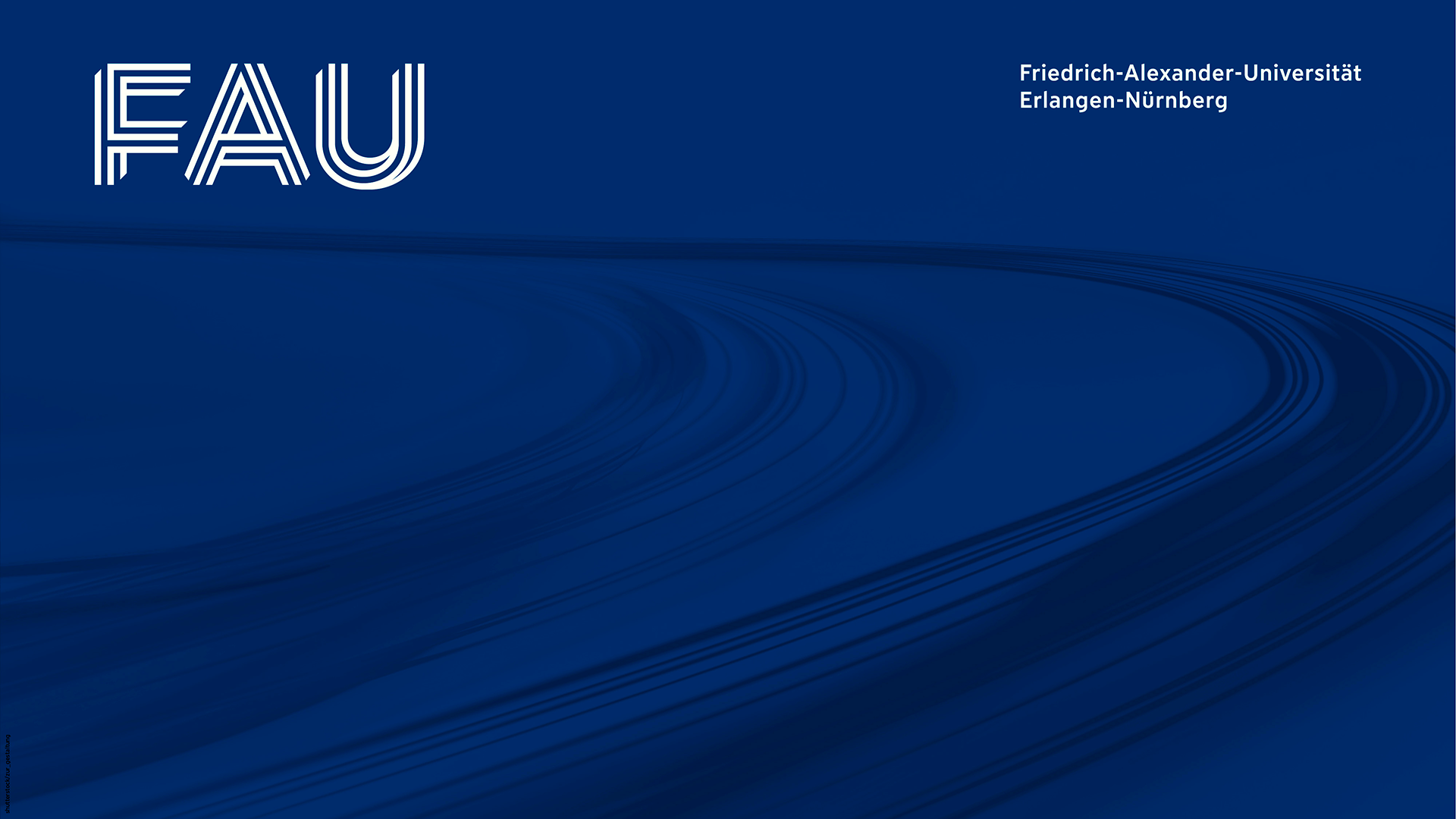Zugänglich über
Nur für Portal, Passwortgeschützt
Gesperrt clipDauer
00:56:04 Min
Aufnahmedatum
2022-11-23
Hochgeladen am
2022-11-23 16:46:04
Sprache
en-US
Of safety belts and shock absorbers: how nature creates high-end materials
Abstract
Why can red blood cells deform so much that they can reach our fingertips? Why are bones strong but light? Why is skin stretchable and tear-resistant at the same time? How can immune cells travel through the body and fight diseases? The remarkable variety in stiffness, deformability, and adaptability of the different cell types and tissues makes them perfectly suited for their functions in our body. These mechanical properties are often based on distinct biopolymer networks, both inside and outside cells.
A hallmark of these networks is their viscoelasticity, meaning that they behave both like a solid and like a fluid, typically separated by different timescales.
In our research we focus on the so-called cytoskeleton (the “skeleton” of the cell), a complex network of protein filaments, motor proteins, and crosslinkers. The three protein filaments constituting this network—actin-filaments, microtubules, and intermediate filaments (IFs)—have very unique mechanical and dynamic properties and together they form a composite biomaterial, whose properties can be tuned and adapted to the specific needs of the cell.
Among the three filament types, IFs are the most diverse and display remarkable physical properties. When cells are mechanically stressed, IFs become load-bearing, whereas the actin filament network disassembles and fluidizes. It is the exceptional resilience to tensile forces that enables IFs to effectively act as cellular ‘seat belts’ and ‘shock absorbers’.
To explain our experimental results on molecular grounds, we design models that include the strictly hierarchical, alpha-helical build-up of the filaments and non-equilibrium transitions between folded and un-folded states.
